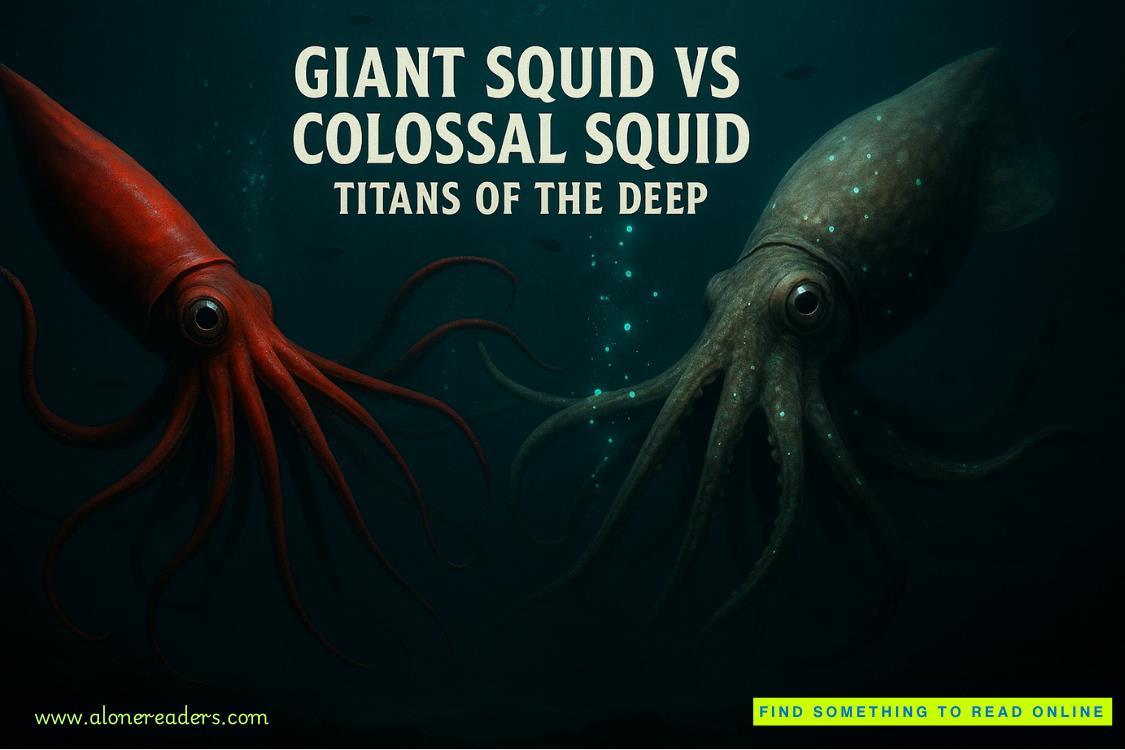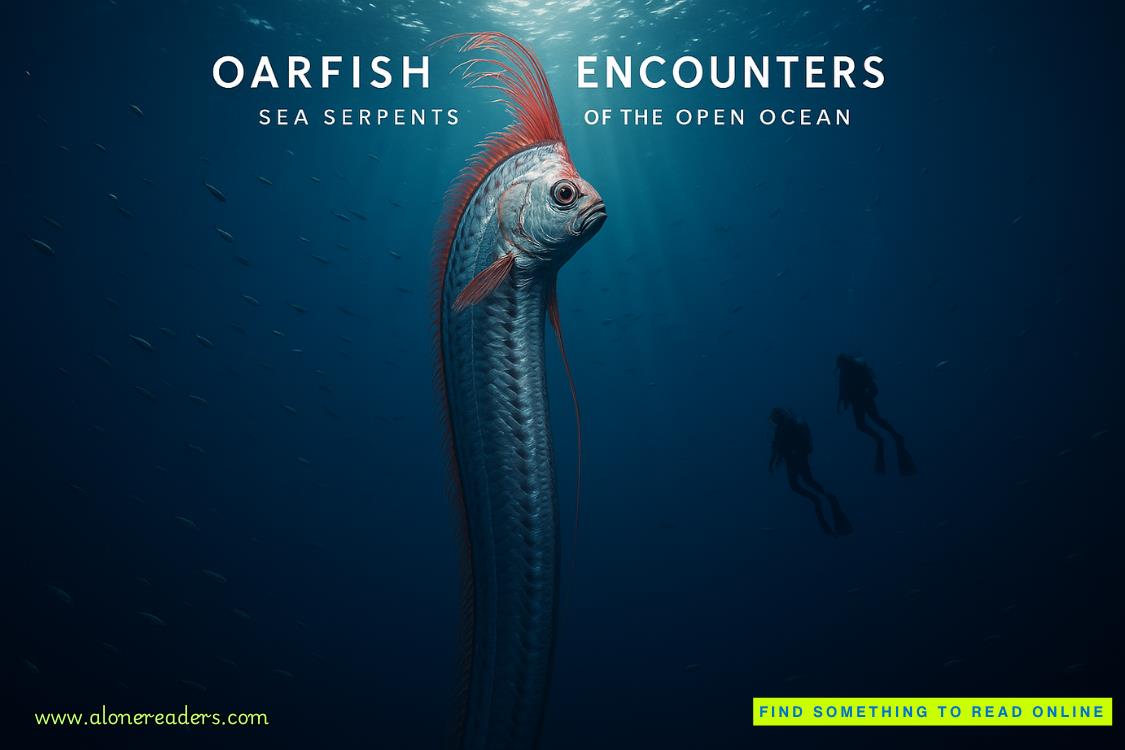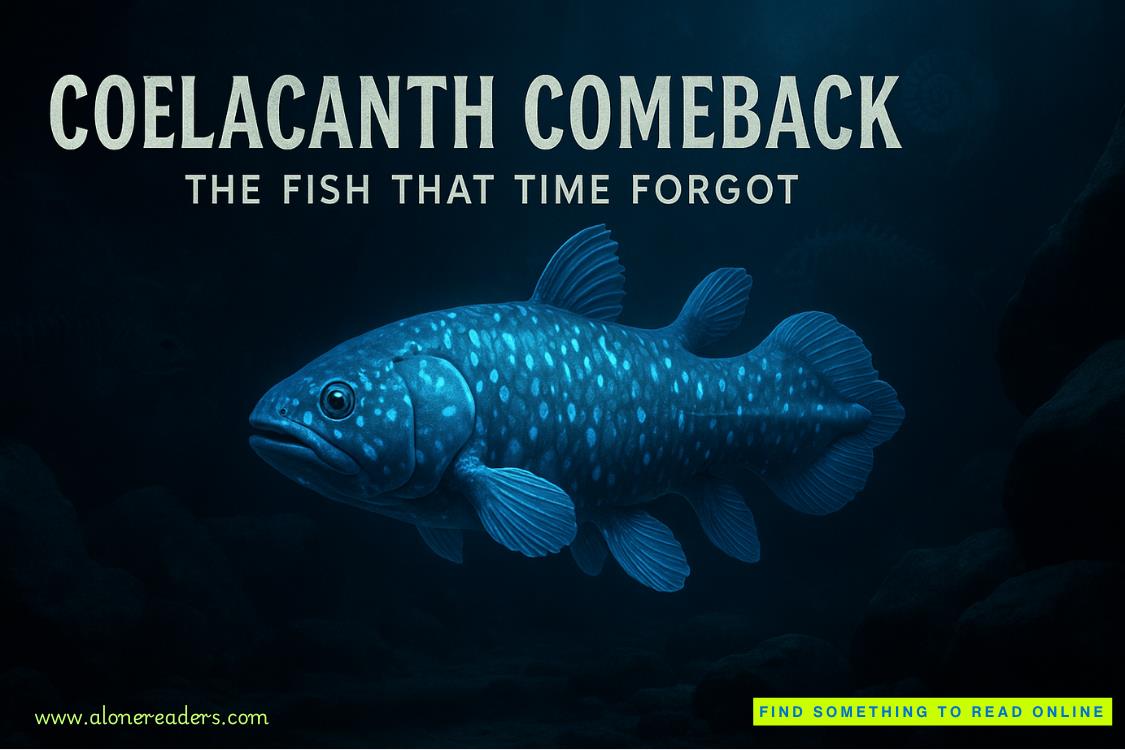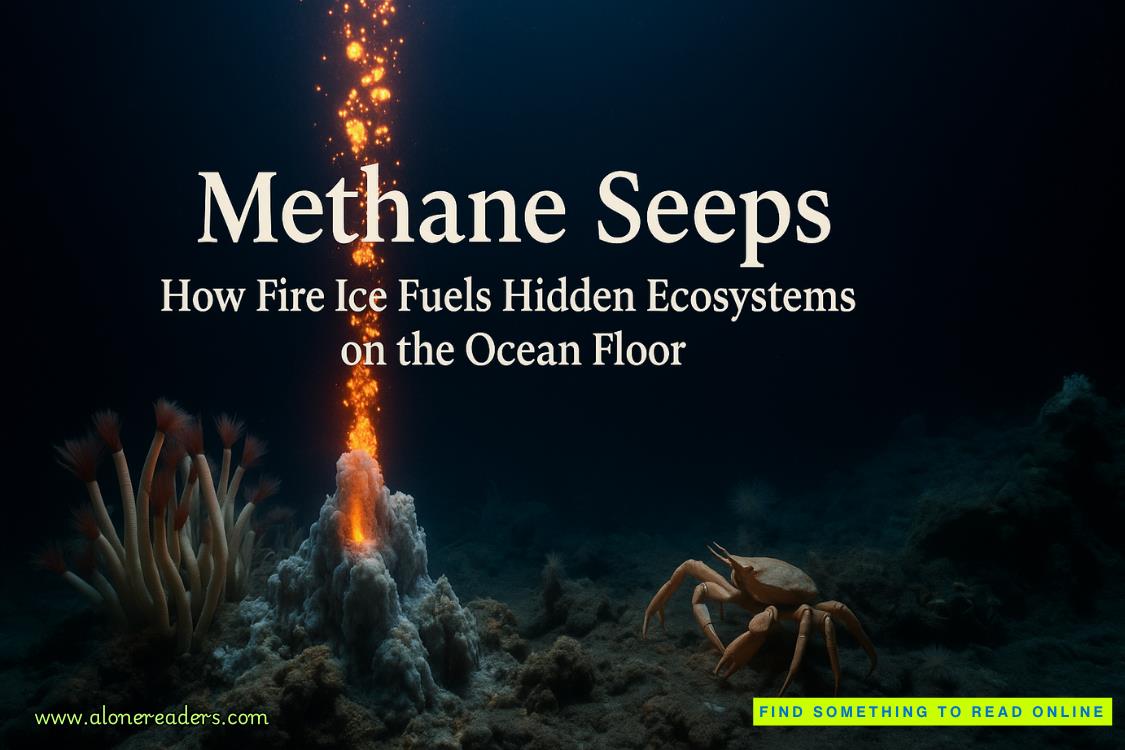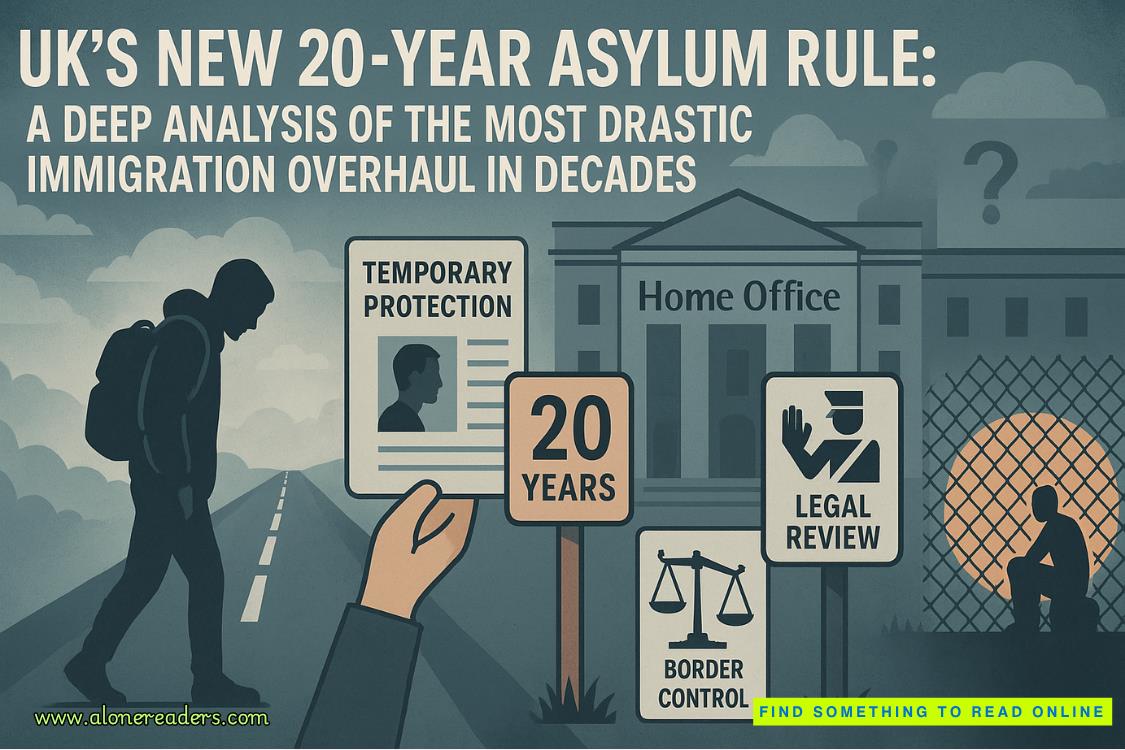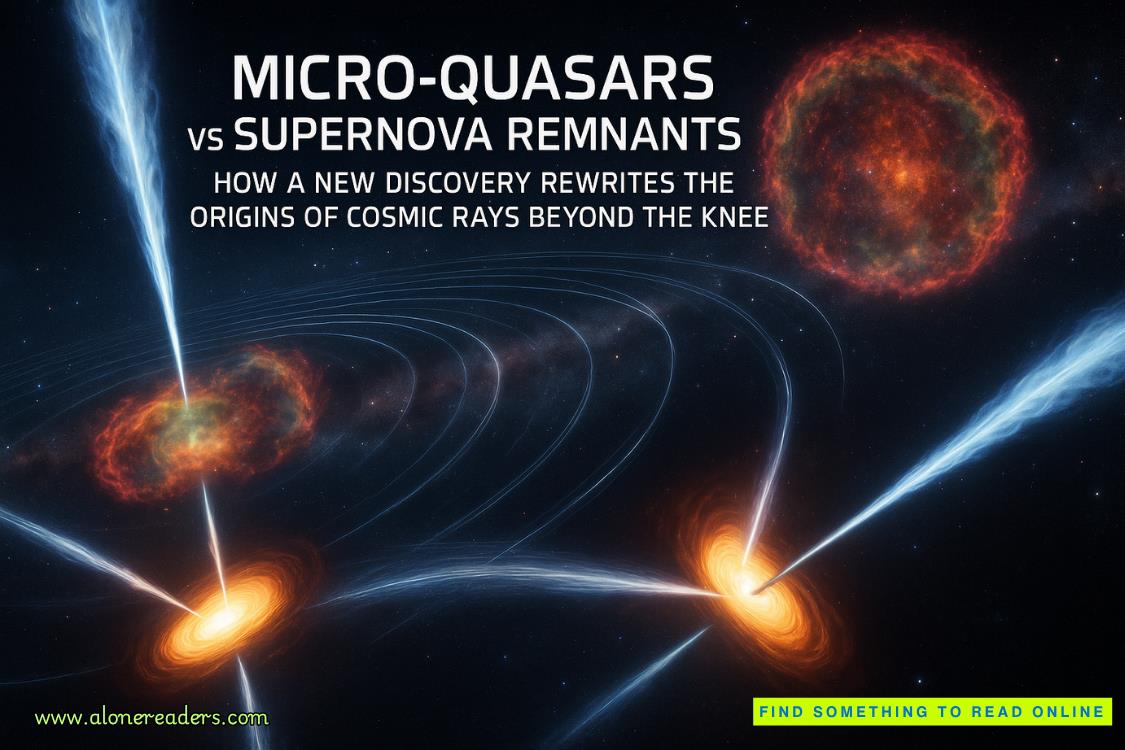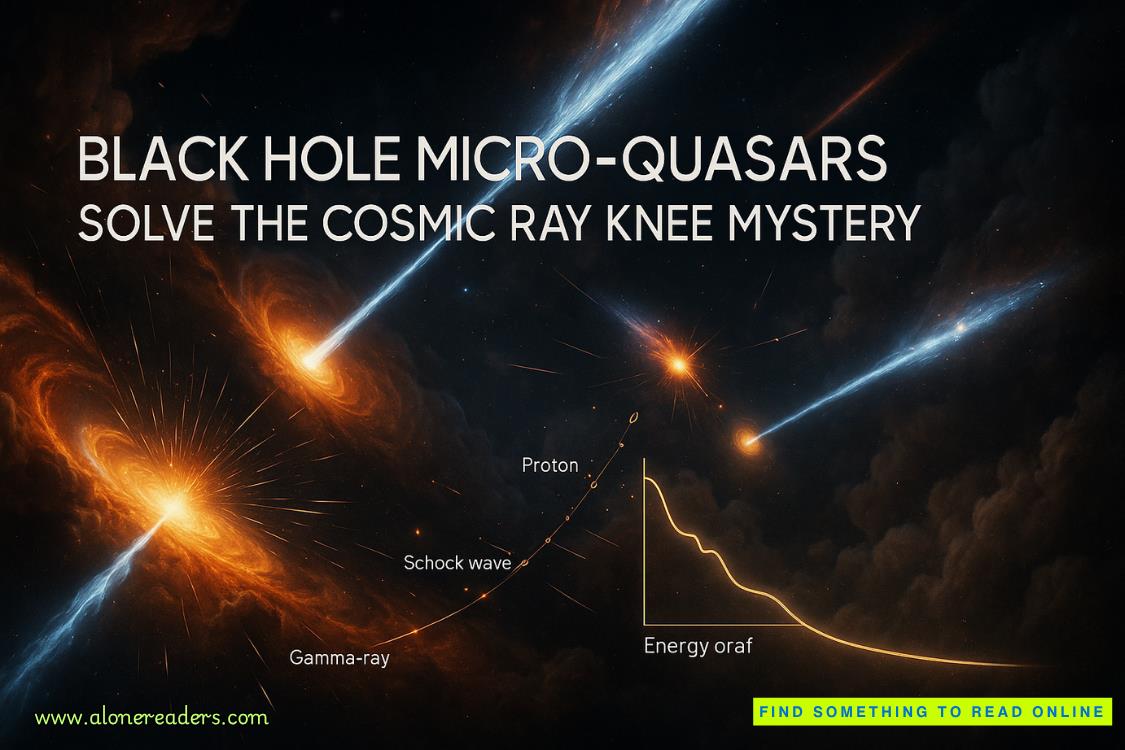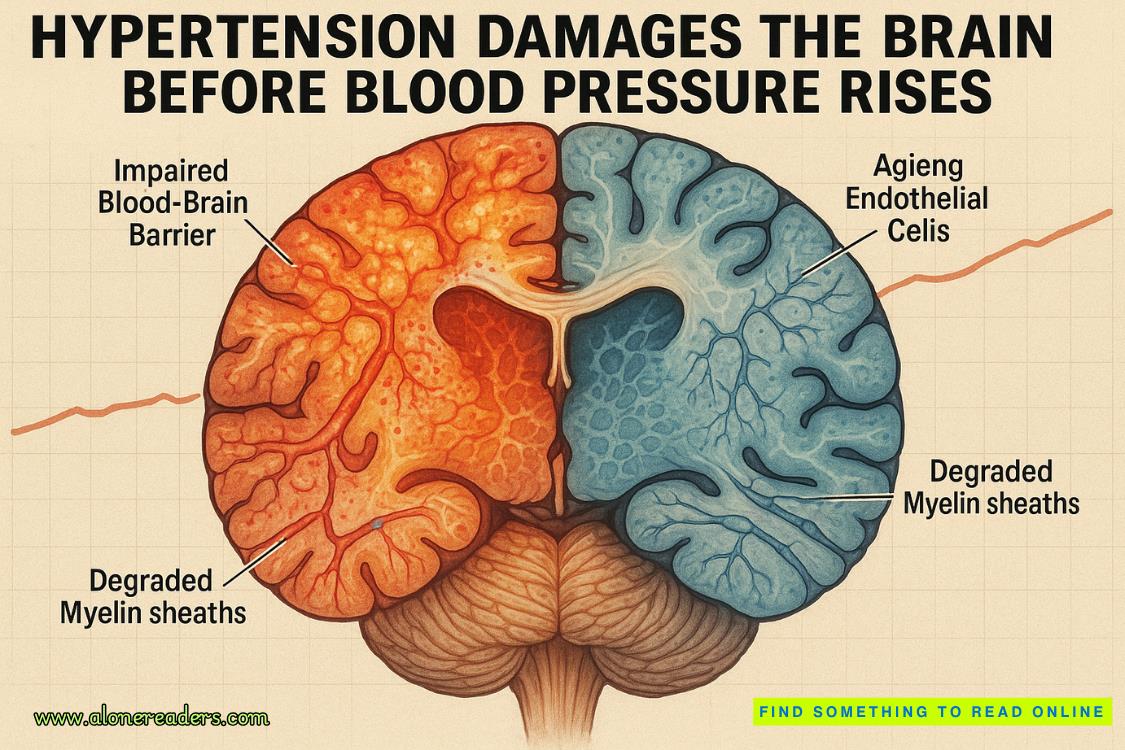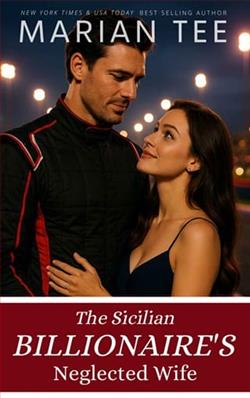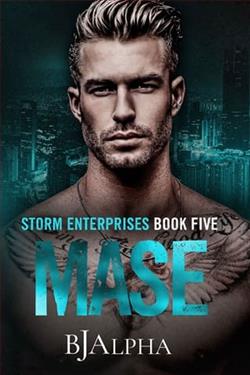Page 31 of The Testing (The Testing 1)
Finally the pain medication is starting to take hold and Tomas is able to walk a little faster as we go down the other side. In the graying light, I spot a clump of shoulder-high bushes thick with gray leaves and head toward them. The cluster of bushes is dense, but after breaking off a few lower branches I wriggle underneath the bush closest to the stream and find a small area that we can camp in. I ask Tomas for his scary-looking knife and use it to clear a bit more space for us. Then I spread Tomas’s sheet on the ground and hold branches out of the way for him as he climbs inside. Tomas is asleep almost before I can tell him I’m going to get water. Which is going to be tricky since the sun is setting fast. I grab the three empty water containers and my bag of purification chemicals, and scoot through the underbrush to the stream.
Testing water for drinkability isn’t difficult, but it does require time and light. With the last canteen of water almost at empty and the sun fading, I’m short on both. But I have to try. If Tomas develops an infection in the middle of the night, the last thing I want to be is short of water.
The tests for most contaminants are pretty basic. You fill a cup with water and then add drops of a variety of liquid chemicals that react to contamination. The small sample of water will turn either red, blue, yellow, or green to indicate a specific contaminant. Sometimes the color can be very faint. You have to be able to spot the subtle shifts in color in order to add the correct counteracting chemicals to make the water drinkable. The trick is to add only the chemicals necessary to counteract the contamination. If you add anything that doesn’t belong, you could end up poisoning the water. It won’t kill you, but it can make you really sick. Something I really would like to avoid.
After setting out my chemicals, I use one of the clear plastic water containers from our Testing box baskets and fill it with a half inch of water. I put a drop of the first chemical in and swirl the water around. If the water contains the bioengineered version of cyanide used in many of the Stage Four bombings, the liquid will turn red. After several minutes of swirling, I am certain the water is free of that contaminant and move on to the next. I make it through the first three tests without a color change. But the fourth, for a chemical cooked up by the Asian Alliance that causes the cardiovascular system to overload, turns the water a vibrant purple unmistakable even in the last vestiges of sunlight. I empty out the test bottle, refill the three containers, and then add the counteracting chemicals to them. It will take at least an hour for the chemicals to counteract the contamination. In the morning, I will retest a capful of the water to verify its purity before we drink. For now, I crawl back through the underbrush with my water containers, eat a few pieces of dried apple, and curl up next to Tomas on the sheet. While I try hard to stay awake, I can’t help the exhaustion of the day pulling me into sleep.
The sound of a bird singing greets me in the morning. For a moment, snuggled warm in the sheet, I think I am sleeping in front of the hearth at home after being chased from my room by my brothers’ snoring. Then I realize that something behind me is moving and remember where I am. My eyes fly open to find Tomas’s clear gray ones staring down at me.
“Good morning,” he says with a soft smile. “I didn’t mean to wake you.”
“I wasn’t supposed to fall asleep.” And I’m annoyed with myself because I did. So much for keeping watch for the crossbow shooter. If he had come across us in the night, we would both be dead. Stupid. Only luck kept us alive.
Tomas doesn’t seem concerned, but he keeps his voice low as he says, “We’re pretty well hidden here. I woke up a while ago and took a look around. If our fellow candidates have come by, I haven’t seen any sign of them.”
“Don’t you think that’s strange?” I ask. “That we haven’t seen any of the other candidates?”
“I don’t think so. The map they showed us at the Testing Center made it look like the fence lines around here were at least twenty miles apart. That means there’s room for us all to spread out. At least at first.” He reaches into his bag and pulls out his map book and flips to the page for Kansas. “If I remember correctly, the fence lines narrow near the end—around here.” He points to a spot a fair distance from the city that was once called Wichita. “I’m guessing the Testing officials want to draw us together at that point—to see how we respond.”
“Another test within a test. Like yesterday.”
“Yeah, and look how well that turned out.” Tomas’s eyes flash with anger, an emotion I have never seen from him. He’s normally so calm and logical. But his voice is loud and tight as he says, “I almost got us blown to pieces on that one because I couldn’t believe you might be right. That the one hopeful thing we’d seen since starting this test was something designed to kill us. I kept telling myself you were wrong and I was right. I mean, why the hell would the Testing officials bring us all here just to kill us? It doesn’t make any sense.”
His fists are clenched, and I can see confusion and anger in his eyes as he demands an answer. Only I don’t have one. Not really. So I take Tomas’s dirt-streaked hand and hold it because I feel as lost as he does.
We sit hand in hand for several minutes before Tomas smiles at me, flashing the familiar dimple. “Well, you were wrong about one thing. I’m definitely not the smartest kid from our class, Cia. Although I guess I was pretty smart about teaming up with you. What other girl would have been willing to fix my ass after I got myself blown up?”
“Are you kidding?” I turn away and busy myself with pulling the sack of dried fruit out of my bag so he can’t see the heat flooding my cheeks. “Almost every unmarried girl in Five Lakes Colony would have volunteered to patch you up. Especially if you thanked her with a kiss.”
“Cia.” I turn, and Tomas’s eyes find mine. The humor in them is gone, leaving something more compelling in its place. “If another girl had helped me, I wouldn’t have kissed her.” The words hang between us. Deep inside I feel something shift and click into place. Then the humor is back as he says, “Come on. We should start walking. Tosu City is still a long ways off.”
Before we leave, I test the water I treated yesterday, grateful to have something purposeful to do instead of obsessing about Tomas’s words. Was he saying I was special to him or just flattering me? Considering all the girls back home who practically threw themselves in his path, I find it hard to believe he ever really thought of me in that way. And yet, I think back to that dance and to the moments last year when I caught him watching me across the classroom. Perhaps there has been something between us all along.
The water test comes back clean. Tomas and I take the opportunity to drink our fill and even wash the grime of travel from our hands and faces before refilling the containers from the stream and treating them. We eat a breakfast of crackers, apples, and some red clover we find growing next to our grove of bushes. Then, after I check Tomas’s wound and apply more ointment to it, we set off to the southwest.
The day is cooler. I think storms might be on the way, but the lack of extreme heat makes travel easier. Our progress is marked not
only by the change of our coordinates on the Transit Communicator, but also by the changing of the scenery. The flat, cracked earth with only small patches of plant life and angry-looking trees starts to give way to more hills, trees that are not quite healthy-looking but not as black and twisted, and far more plants. More than once I make Tomas stop as I spot wild carrots, hollyhock, and milkweed. We’ll have to light a fire to boil the milkweed, which I’m not sure we’ll have time for, but I gather it just in case. Our current food supply will last only another two or three days. We’ll need all the food we can find.
We also begin to see more signs of birds, like the one that awakened me this morning with its singing, and other game. Tomas spots deer, fox, and rabbit tracks along with larger prints of animals we cannot put names to. We’ll have to start hunting if we hope to stay strong enough to make it to the end of the test. But for now we walk. While the miles pass, we comment on the buildings we are now seeing. There aren’t many, but a few here and there. Some with only partially standing walls. Others that look more intact. As night starts to descend, we decide to head toward a group of one-story structures that look like they might be in decent repair. Perhaps whoever once lived in these houses has left behind something we can use to travel faster. If not, we might find other things, like wire for animal traps, that will help us survive.
An animal family had taken up residence in the first house. There are tracks, claw marks, and droppings left behind that look fresh enough to make us rethink entering. The next house looks on the verge of collapse, but a small storage building behind it appears to be sound so we venture inside. The last streams of sunlight shine through a window long devoid of its glass, which helps us to see. The dust and moldy smell make me sneeze. There’s a rotting bench on one side of the small, rectangular room. On the other side is what could have once been a tractor. The rust and the lack of wheels or a motor make it hard to tell for sure. I shift a large sheet of decaying wood that is propped against the back wall and smile. Behind the wood is an old wagonlike cart. The wooden cart itself is rotted and has a chunk of wood missing from one side, but there are two wheels at the bottom and both appear to be salvageable. Tomas gets out his tool kit and helps me detach the wheels. They are heavy, coated with a thick layer of cobwebs and grime, but they give me hope. If I can find more materials, I might be able to build something to help us travel faster.
Several more houses yield us a small pot, a skillet, and some nuts and bolts that were attached to some rotting cupboards. Not a lot, but more than we had when we started. We make camp for the night, eat two of our apples and the last of our bread, and fall asleep hopeful that we will find more treasures tomorrow.
The next day, a few miles away, we find a cluster of several dozen buildings—these made of mostly bricks and mortar—that have stood the test of time and weather. The way they are situated I can only guess they once formed the center of a town, much like Five Lakes’ square. We search building by building. Bits of wire disappear into our bags. A wrench. Not much else.
We are about to enter the last building when Tomas points to the ground nearby. A partial boot print. My heart catches. Another Testing candidate? We have to assume so. My first instinct is to flee. To run as far and as fast as we can.
But Tomas wants to enter. “If there is another candidate nearby, it would be best to know who it is and what their intentions are. We don’t want them catching us off-guard.”
It’s hard to deny Tomas’s logic. The idea of an unknown person lurking nearby, waiting for us to let down our guard, gives me a chill. Swallowing hard, I slide the gun out of my bag and follow Tomas inside and into chaos. Several small, furry animals jump off a rickety table and go racing across the room toward a hole in the wall. With my nerves taut and fear pulsing through my veins, I don’t think. I just react. Bang. Bang. Bang. Two of the white animals drop before the rest make it to safety.
Then I come to my senses and realize that if someone is nearby, I have just alerted them to our presence. I start to apologize, but Tomas just laughs. “Don’t apologize. If someone is around, they’re probably running as far as they can away from whoever has the gun. And if they knew you could shoot like that they would run even faster.”
He tells me to guard the front door while he checks the rest of the building. After a few minutes, I hear him let out a loud shout. At first, I think he’s encountered whoever made the footprint. But then I hear the happiness in his voice as he yells for me to join him. He’s got a surprise.
And what a surprise. In what must have once been a vehicle storage unit are two bicycles. Tomas says he found them lying under a sheet of plastic in the back corner. The room is dark. One bicycle is missing the back tire. The other’s chain and pedals have seen better days. Both have a fair amount of rust and dirt on them. But I can’t help smiling from ear to ear. They might be old, damaged, and rickety, but these bikes are the most beautiful things I’ve ever seen.
